Food Microbiology : What Are the Benefits of Automation in the Lab?
Automation in microbiology labs is a hot topic these days. However, before taking the leap, microbiologists still have many questions:
- Should we opt for a fully automated system, or choose a modular approach?
- What benefits does it bring to the lab?
- Is it easy to implement?
To answer these questions, we talked to a lab that has already taken the plunge.
Here is an interview of Raul Mesa, Quality and Food Safety Manager for Coca Cola Europacific Partner, who recently implemented a PCR method and evaluated an automated sample preparation from Thermo Fisher Scientific.
SuperMicrobiologists transparency
Thermo Fisher asked us to write an article about their new PCR workflow (Thermo Scientific™ SureTect™ Automation Workflow using the CyBio™ FeliX). To provide a thorough review, we interviewed one of their customers and wrote this article.
We also gave the supplier a right of reply, which you’ll find in the yellow boxes like this one !
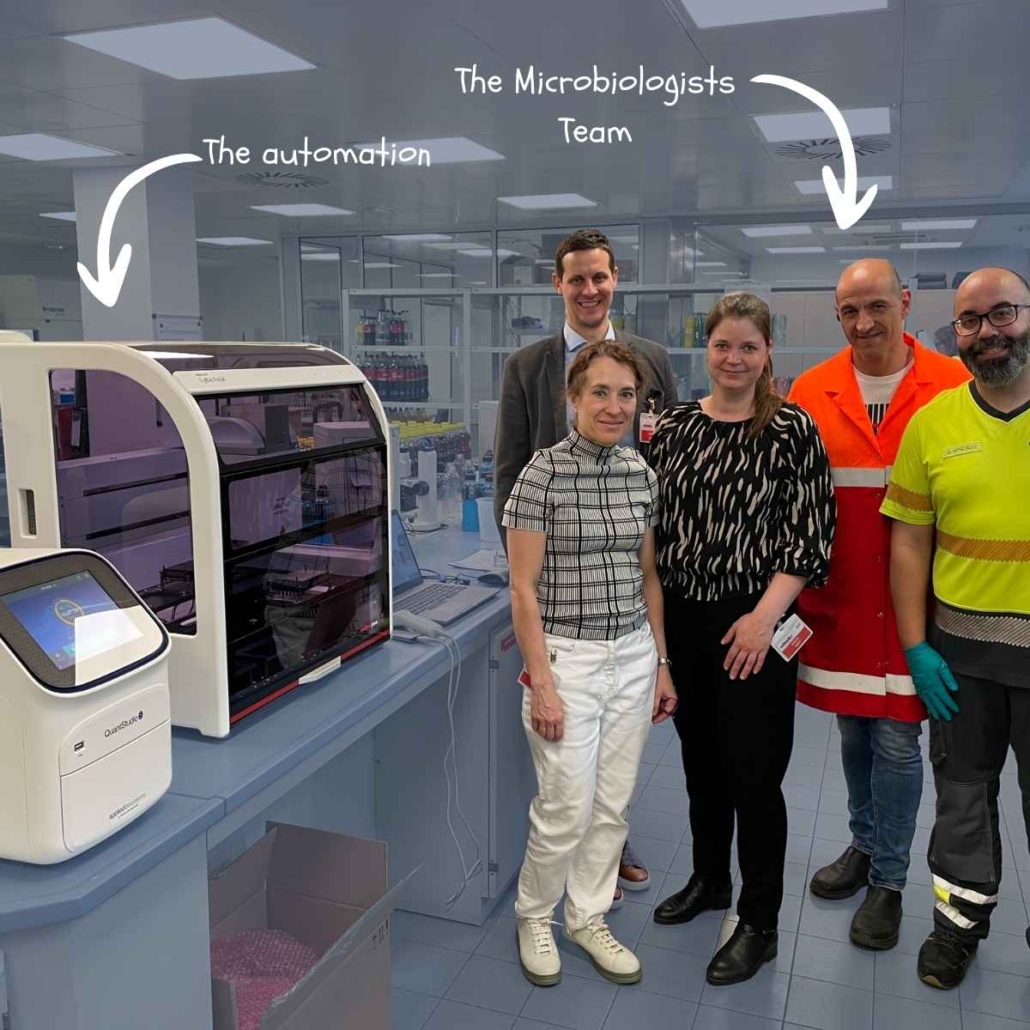
Introduction to Automation in Microbiology Labs
Dear Raul, can you quickly introduce yourself?
My name is Raul Mesa. I have a background in microbiology, and I’m responsible for finding, selecting, and implementing solutions for our microbiology labs in 31 countries.
Regarding the automation you recently implemented, what contaminants and samples are you focusing on?
For this project, our main concern was environmental contamination with spoilers like Brettanomyces and Saccharomyces. Our samples are mainly swabs and water, but we have also validated some product matrices.
“The time to get results is now 3 days, saving us 5 days. That’s a significant improvement.”
The Advantages of Using PCR Methods
Why did you choose to use a PCR method?
The traditional method we used took too long, with results for Brettanomyces taking up to 8 days. In case of contamination, this meant a huge amount of products were at risk. We aimed to reduce this time without compromising sensitivity. We absolutely needed to detect the presence of these microorganisms if there is any.
Based on that, we tested several methods and found that SureTect PCR System from Thermo Fisher gave us the best results.
What are the benefits of this PCR method?
The time to get results is now 3 days, saving us 5 days. That’s a significant improvement. It allows us to be much more reactive in case of a positive result. In addition, the method is also very easy to implement.
“… the use of automation greatly reduces our workload in the long run.”
Implementing Automation for PCR: Challenges and Solutions
Transitioning from a traditional method to PCR isn’t easy. How did the implementation go?
When we first implemented the SureTect PCR workflow in 2023, the automated system wasn’t available, so we started with the manual protocol. Our previous experience with PCR was quite laborious, but the latest SureTect PCR protocol is straightforward. There’s a learning curve, but once mastered, it went smoothly.
Then, why did you choose to automate the sample preparation before PCR?
While our routine analysis could be done manually, the number of samples increases substantially during contamination events, making manual handling challenging. It allows us to smoothly handle a sudden increase in tests.
Additionally, we’re working with Thermo Fisher to implement other PCR assays, so the use of automation greatly reduces our workload in the long run.
“We also ran accuracy tests comparing the automated process to manual handling, and the automated results were actually better…”
How PCR Automation Works in Practice
Can you tell us more about the automated process? How does it work?
The sample and PCR preparation instrument is really easy to use. We prepare our samples, reagents, and consumables the same way as for the manual protocol. We load them onto the instrument, and start the run. The instrument uses a robotic head and dual platform to prepare the samples just like a lab technician would, following the same sequence and volumes. At the end of the run, we simply take the samples from the instrument and place them in the thermocycler for PCR.
I would like to add that it has a small footprint, which could be an important criteria of choice since some of our labs have limited space.
Thermo Fisher : Footprint of the CyBio FeliX instrument is 650 x 450 x 700 mm
“Our main concern was the risk of cross-contamination between samples,… The automated system passed all our tests successfully”
Did you microbiologically challenge the automate?
Oh yes! Our main concern was the risk of cross-contamination between samples, so we really challenged the system in that perspective.The automated system passed all our tests successfully.
We also ran accuracy tests comparing the automated process to manual handling, and the results were better with automation, which wasn’t surprising.
With two different targets to test for (Brettanomyces and Saccharomyces), do you need to carry out two separate preparations?
No, it’s a multiplex assay, so we only need one preparation and one PCR run, which makes it easier and faster.
Thermo Fisher : The automated system can be used to prepare samples for all of our pathogens, including Campylobacter, Cronobacter, STEC, Listeria, L. monocytogenes, Salmonella, Staphylococcus aureus, Vibrio and also yeast and spoilage organisms. Up to six different assays and up to 96 samples can be prepared on the same run.
As we are microbiologists and not computer scientists, is it difficult to program the automation instrument?
Not at all. It’s very simple. We have one computer that communicates with both the automation instrument and the thermocycler. We just enter our sample IDs and analysis type, and it handles the rest.
Future Developments and Advice for Other Microbiologists
How many systems have you implemented so far?
We started implementing the SureTect PCR System at the end of 2023, and so far, we have equipped four sites. Our goal is to deploy this method in all our plants that need to detect Brettanomyces and Saccharomyces in the environment.
“One of the most challenging steps is getting lab technicians on board with the project. They need to be involved in selecting the technology.”
Will all sites use the automation system?
All equipped sites started with the manual SureTect PCR workflowand will gradually implement the automation system as needed. It is just a question of time and… budget!
If you could make a wish, what would be the next improvement for your lab workload?
Oh yes, I might have one wish. We still need to pipette samples from the incubation container to the specific container used by the automation system. I wish the instrument could directly pick up samples from the original container, removing one more step. Apart from that one, the SureTect PCR Automation System gives us complete satisfaction.
What advice would you give to other microbiologists looking to implement PCR automation in their labs?
One of the most challenging steps is getting lab technicians on board with the project. They need to be involved in selecting the technology. Then, give them time and confidence in the technology. It’s never a plug-and-play solution; it takes time to become confident. Allow people to make mistakes, experience cross-contaminations, and have false-positives. Like any technology, there’s a learning curve, so training is key. Our collaboration with Thermo Fisher was great in this regard. After the initial training, we had weekly calls and refresher training sessions. This type of collaboration is crucial for the success of such a project.
Thermo Fisher : The CyBio FeliX instrument is an automation platform validated by Thermo Fisher Scientific specifically for the sample preparation for the SureTect PCR. The workflow has been fully approved by AFNOR (according to ISO 16140-2:2016) and the AOAC for use with all SureTect PCR Assays.
We would like to thanks Raul for sharing such valuable information with us.
If you have any questions about SureTect PCR Automation, feel free to ask them directly in the comments or :

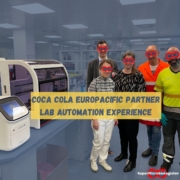

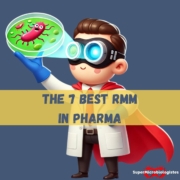


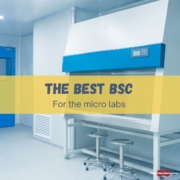


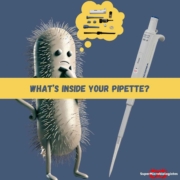



Leave a Reply
Want to join the discussion?Feel free to contribute!